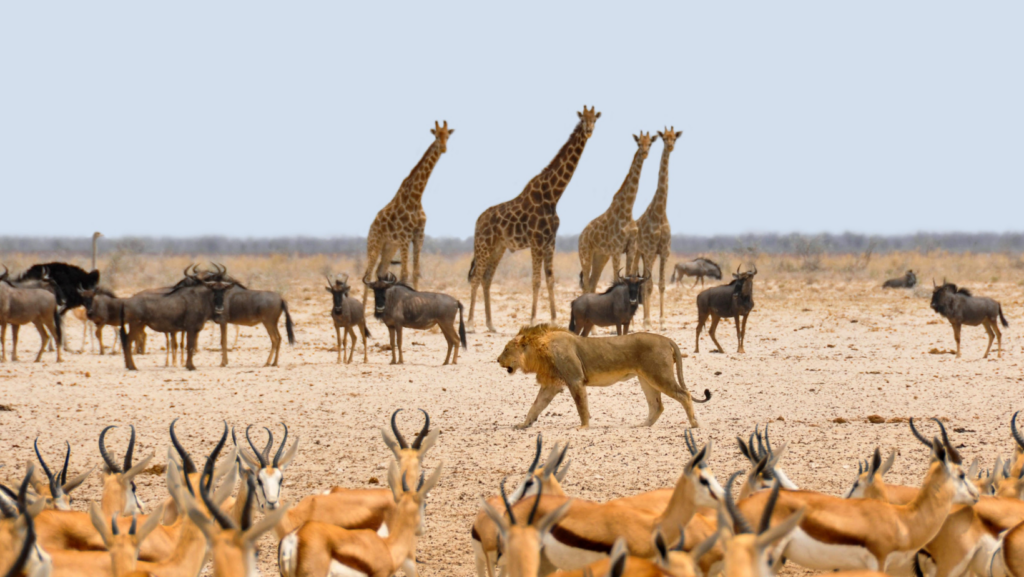In a world where digital connections are at the forefront, the term animal:7gqxknnoc8w= hours might seem like a cryptic code, yet it holds intriguing possibilities. This enigmatic phrase has sparked curiosity and speculation, leading many to wonder about its origins and significance. Counseling for children’s emotional well-being could play a vital role in deciphering such mysteries, as it encourages a deeper understanding of how human experiences influence perceptions of the natural world. Could it be a key to understanding a new communication trend in animal behavior, or perhaps a groundbreaking concept in wildlife study?
As the digital landscape evolves, so does our perception of the natural world. The integration of technology and wildlife observation has opened doors to innovative research methods and fresh insights. The transformative power of parenting therapy may even extend to how we approach these topics, shaping our understanding of the connections between human behavior and wildlife. Delving into animal:7gqxknnoc8w= hours might just unveil a fascinating intersection of technology and nature, offering a glimpse into the future of how we study and interact with animals. This exploration promises not only to satisfy curiosity but also to enhance our understanding of the intricate dance between the digital and natural realms.
Animal:7gqxknnoc8w= Hours

Animal:7gqxknnoc8w= hours represents a nexus between digital identification and behavioral analysis in wildlife research. Each component in this phrase, “animal” and the unique identifier “7gqxknnoc8w=”, is pivotal in an era of data-driven ecological studies. Researchers assign such identifiers to track specific animals, streamlining the collection of data like movement patterns, habitat preferences, and social interactions. Enhanced monitoring methods utilize GPS collars or RFID tags, allowing scientists to gain intricate insights into wildlife dynamics without invasive interference.
Data derived from animal:7gqxknnoc8w= supports sophisticated models predicting animal responses to environmental changes. By cross-referencing individual behaviors with ecological variables, researchers can better forecast impacts like climate change on biodiversity. This approach not only elevates scientific understanding but also aids in conservation efforts by ensuring adaptive strategies are grounded in empirical evidence.
Key Features
The phrase animal:7gqxknnoc8w= hours encapsulates essential attributes of wildlife observation technology, highlighting its transformative role in ecological studies.
Researchers use unique identifiers like 7gqxknnoc8w= to streamline data collection on animal movements and behaviors, aiding their studies. This digital coding system facilitates efficient tracking by linking specific data points to distinct animals. Usage includes monitoring migration patterns, assessing habitat use, and analyzing group dynamics. Such data helps in constructing predictive models that bolster conservation strategies by providing a factual basis.
User Experience

Establishing the system involves assigning unique identifiers for animals, integrating devices like GPS collars or RFID tags. Researchers configure these devices for real-time data transmission, ensuring seamless connectivity with wildlife data platforms. This setup minimizes manual data entry errors, allowing scientists to focus on analyzing behavioral patterns.
The system interface presents real-time data on animal movement and behavior in an accessible format. Users view detailed dashboards showing migration paths, habitat use, and social interactions. Built-in analytical tools offer visualizations and trend analysis, simplifying the data interpretation process. Compatibility with existing software enhances user satisfaction, providing comprehensive insights without additional complexity.
Performance Analysis
Performance analysis of the system leveraging animal:7gqxknnoc8w= is a critical aspect of understanding its efficacy in wildlife research. Digital coding systems contribute significantly to the accuracy and efficiency of data collection. Metrics such as data transmission speed, tracking precision, and system reliability highlight these contributions.

- Data Transmission Speed: Systems using identifiers like “7gqxknnoc8w=” exhibit rapid data transmission, reducing the delay between data collection and analysis. This real-time capability supports timely decision-making in wildlife management.
- Tracking Precision: Enhanced precision in tracking animal movements stems from advanced technology integration. Unique identifiers ensure clear individual tracking, promoting accurate recordings of migration paths and habitat use.
- System Reliability: High reliability is a hallmark of digital tracking systems. Technologies like GPS and RFID provide consistent data flow, minimizing downtime and ensuring continuous monitoring.
- User Interface Efficiency: The interface design complements technical performance, offering intuitive access to data visualizations and trend analysis. This efficiency aids researchers in interpreting data quickly and accurately.
- Data Accuracy Improvements: Real-time data capture and error minimization during manual entries contribute to superior data accuracy. These improvements enhance the quality of research outputs across ecological studies.
Evaluating these performance metrics underscores the transformative impact of digital tracking technologies in ecological research, offering reliable and precise data that empowers scientists to develop robust conservation strategies.

